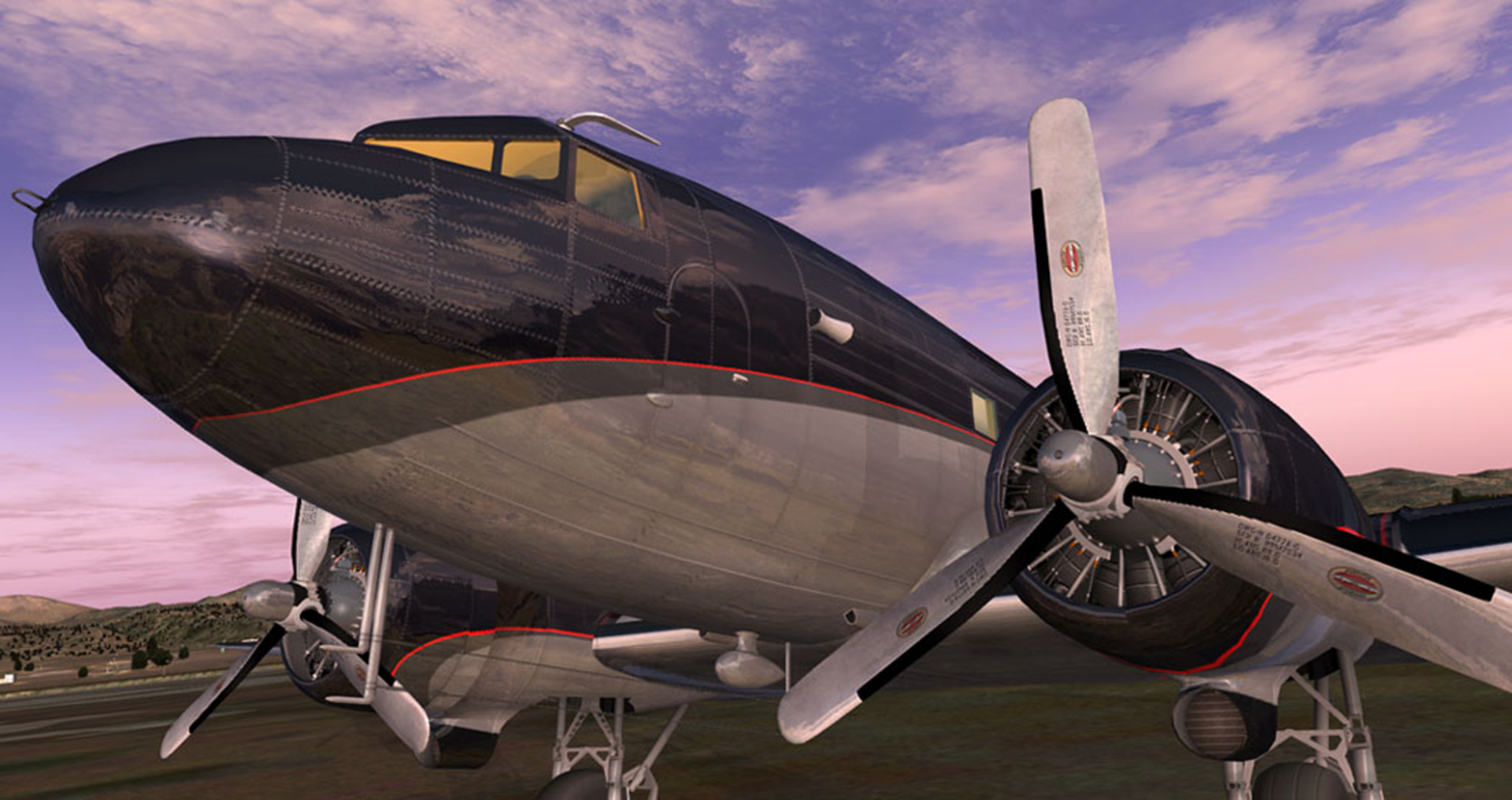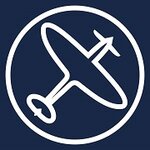When using the Pilot checkoff list, I'd like to know why the fuel pumps are switched on after airborne? And why are they called to be switched off after landing?
When do we use the boost pumps? I always thought that a fuel pump is something that pumps fuel. If the fuel pump in my car croaked, I'd be walking.
I'd sure like a copy of this paint, pretty please

. Thank you.

Using the term "Fuel Pumps" is somewhat of a misnomer...the checklist really should say "Boost Pumps". On any aircraft there are a number of fuel & boost pumps. Usually one "Fuel Pump" on each engine, that is driven by the engine and can not be turned on or off. Then there are usually one "Boost Pump" (electric motor driven) per fuel tank, but sometimes just one "Boost Pump" inline from the tanks to each engine.
The usual procedure is to turn
on the Boost Pumps to start the engines, otherwise there would be no fuel going to the engine until it started running. Once it starts the Boost Pumps are turned
off as the engine pump takes over to keep fuel pressure to the engine. Then, just before takeoff, the Boost Pumps are turned back
on, for safety in case there is a failure of the engine driven pump on takeoff, and left on until a reasonable altitude is reached and then they are turned
off. They are turned
off at altitude to prevent pre-mature failure due to wear of the components. Then, again, for safety, they are turned back
on for landing (in case of engine pump failure on approach)...once landed they are no longer needed so again are turned
off.
My checklist has the "Fuel" (Boost) being turned OFF (not ON) after airborne...I assume that is what you meant.
Hope this helps.
. Thank you.


 FSX
FSX




 Reply With Quote
Reply With Quote
















Bookmarks